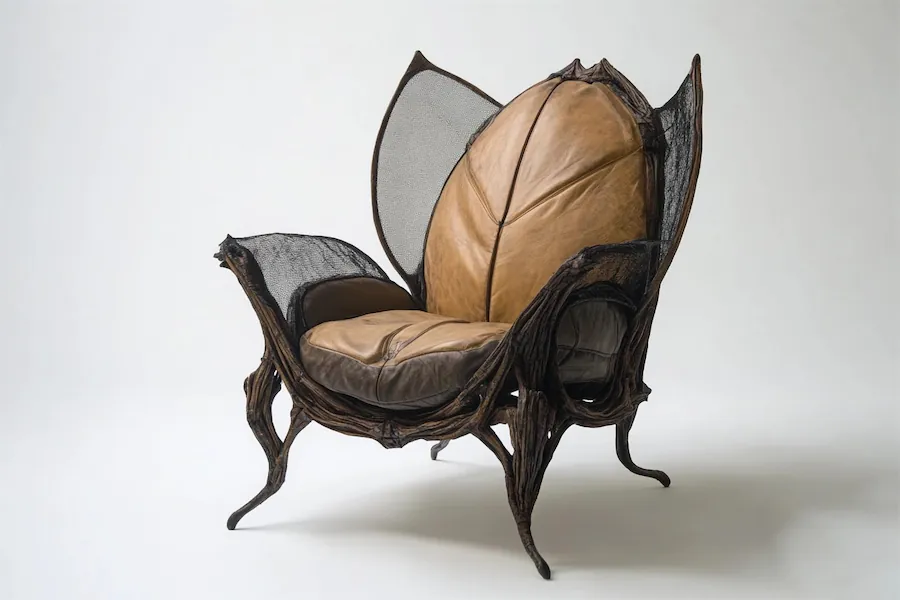Insect-resistant chairs are essential for outdoor settings, offering durability and comfort while minimizing pest-related issues. This article explores their history, key features, applications, considerations for selection, and concludes with their significance in enhancing outdoor living experiences.
History and Origins of Insect-Resistant Chairs
The development of insect-resistant chairs aligns with advancements in materials and design aimed at improving outdoor furniture durability. Historically, natural materials like cedar and teak were favored for their inherent resistance to insects and decay. Over time, synthetic materials and treatments have been introduced to enhance pest resistance, catering to the growing demand for long-lasting outdoor furniture.
Key Features of Insect-Resistant Chairs
- Material Selection: Utilization of naturally insect-resistant woods such as teak and cedar, or synthetic materials like polyethylene (PE) wicker, which deter pests due to their composition.
- Durability: Construction with materials that withstand environmental factors, reducing susceptibility to insect damage.
- Low Maintenance: Designs that require minimal upkeep, with materials that resist insect infestation without the need for chemical treatments.
- Eco-Friendly Options: Availability of chairs made from recycled materials that are also resistant to pests, supporting sustainable outdoor living.
Applications of Insect-Resistant Chairs
- Residential Outdoor Spaces: Ideal for patios, gardens, and decks, providing comfortable seating that withstands pest exposure.
- Commercial Settings: Suitable for outdoor dining areas in restaurants and cafes, ensuring longevity and customer comfort.
- Public Parks and Recreational Areas: Used in communal spaces to offer durable seating solutions resistant to environmental wear and pests.
Considerations When Choosing Insect-Resistant Chairs
- Material: Opt for materials known for pest resistance, such as teak, cedar, or high-quality synthetic options like PE wicker.
- Design and Comfort: Ensure the chair design meets comfort preferences and complements the aesthetic of the outdoor space.
- Maintenance Requirements: Consider the level of upkeep needed to maintain the chair’s appearance and functionality.
- Environmental Impact: Select eco-friendly materials and manufacturing processes to support sustainability.
- Budget: Balance cost with quality and durability to make an informed investment in outdoor furniture.
Conclusion
Insect-resistant chairs play a vital role in enhancing outdoor living by combining durability, comfort, and pest resistance. Their evolution reflects a commitment to improving user experience in outdoor environments. When selecting such chairs, consider material, design, maintenance, environmental impact, and budget to choose the best fit for your needs.
